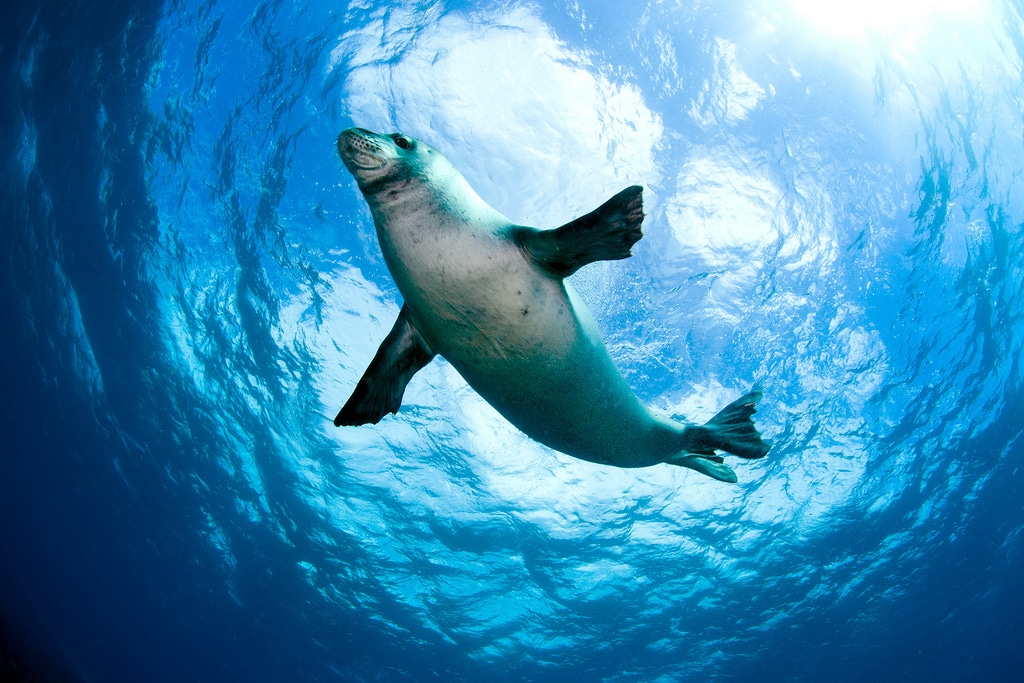Which types of message are the most effective in motivating conservation action? Is it pessimistic messages, showing the worst case scenarios and the need for urgent action to avoid them? Or is it optimistic messages, which show what can be achieved with conservation and provide the tools to reach these goals?
I remember watching David Attenborough’s documentary “A Life on our Planet” and feeling overwhelmed by the images of doom and gloom that portrayed our planet if we did not put any effort into safeguarding it. Right when I thought the situation was hopeless, the documentary shifted to a different view – it presented a healed world, which could be achieved with continued conservation efforts. This made me feel empowered. I knew the extent of the world’s precarious situation, but I had just been given the motivation and the tools to reverse it.
I had a similar feeling when I learned that the IUCN had created a new tool to complement the well-known Red List of Threatened Species. Whilst the Red List shows the extinction risk of a species, the new Green Status of Species aims to quantify conservation success and a species’ potential for recovery. I realised the power of this combination: the Red List is necessary to realistically portray the state of our biodiversity and make us understand the need for action, but the Green Status of Species can really inspire the public to take action because there is potential for wildlife to recover.

A Hawaiian Monk Seal swims through the ocean. Photo credit: HD Wallpapers.
With this idea in mind, I decided that I wanted to conduct a Green Status of Species assessment myself, as I needed to know whether the outcomes of it would inspire me as much as the ideal behind it did. I chose to undertake the assessment for the Hawaiian monk seal (Neomonachus schauinslandi), a marine mammal that has always appeared in the Threatened categories of the IUCN Red List and is currently classified as Endangered.
The Hawaiian monk seal is endemic to the Hawaiian Islands, where approximately 1400 seals can be found. This species is an apex predator, meaning that it resides at the top of the food chain and regulates the marine food web. Safeguarding this species is essential to ensure the wellbeing of the Hawaiian marine ecosystem, and in particular its important coral reefs.
A variety of natural and anthropogenic threats have led to the dramatic decrease of the Hawaiian monk seal population. Some of the threats include entanglement in marine debris, predation by sharks, aggression by male seals, human disturbance, fisheries interactions, diseases and sea level rise.
Most of anthropogenic threats have been mitigated by establishing restrictions, such as reducing human activities on important resting and breeding locations, or by enforcing laws that forbid the killing and capturing of this species. Other threats, such as sea level rise, will require innovative conservation actions, such as beach nourishment, which would ensure resting and breeding habitat for the seal.

A Hawaiian monk seal sleeps on a pile of fishing gear. Photo Credit: NOAA.
By analysing these threats, current conservation efforts and potential novel practices, the Green Status of Species tool allowed me to generate a “Green Score” to quantify the recovery state of a species from 0% to 100%, where 100% is a fully recovered species. Currently, the Hawaiian monk seal is at 74% of its fully recovered state.
I was also able to create a Green Score for the future state of the species. I found that the Hawaiian monk seal population could be at 89% of its fully recovered state in 10 years-time and has the potential to reach 100% of its fully recovered state in 100 years-time if we keep current conservation efforts in place and continue to apply new solutions.
These results astounded me – I realised the wellbeing of this species is fully dependent on our actions. Therefore, with the prospect of a fully recovered population of Hawaiian Monk Seals, how can we let this opportunity slip? Not only is this an opportunity to save a key species of the marine ecosystem, but also an opportunity to prove ourselves and show what we are able to accomplish if we put our minds to it.
Optimism in conservation is essential to help us achieving a proactive mindset – realising that we can and are ought to take actions to protect our wildlife. The Green Status of Species could be an important instrument, allowing us to quantify what we can do for a species, after its status has been determined by the Red List.
Thus, you might ask, what is the answer to the first question? What works better – pessimism or optimism? I would say that both pessimism and optimism in conservation are equally important, complementing each other, and together providing the most powerful conservation tool.

A Hawaiian monk seal rests on a beach next to a sign warning visitors not to approach. Photo Credit: Robin Wendler.

